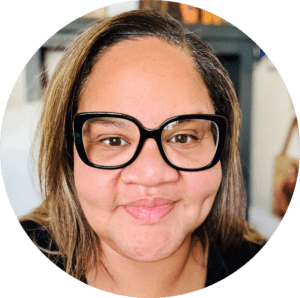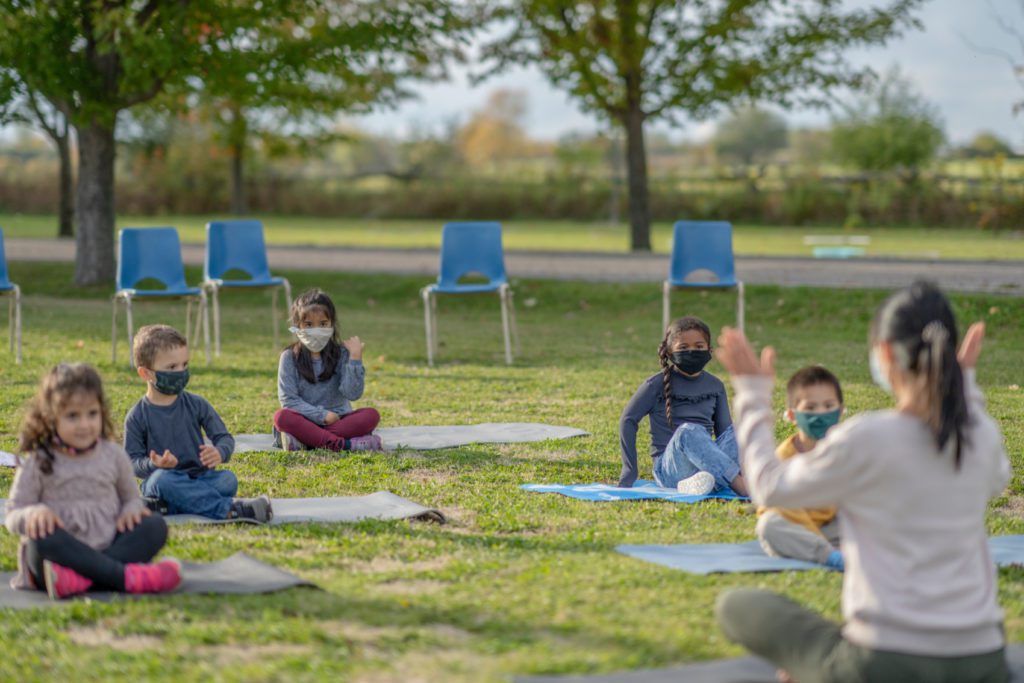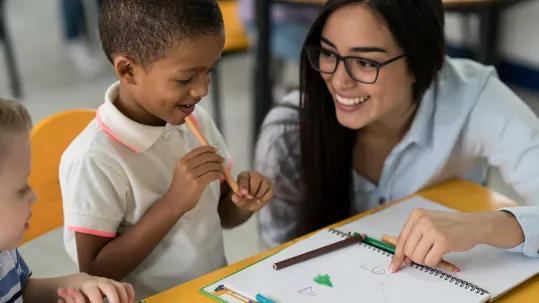All Means Each: A Look at Universal Design for Learning in Early Childhood Education


Some years ago, I studied for my early childhood education degree in a program that offered an opportunity for students to earn credits in general early childhood and early childhood special education coursework at the same time. I was excited about this program design because I was finally able to combine my prior work experiences and schooling in a way that would give me some credibility about teaching and caring for young learners with and without disabilities. One of the most valuable takeaways from my program was what I learned about using Universal Design for Learning (UDL) in the early learning setting.
What Is Universal Design for Learning?
UDL is a framework developed by the Center for Applied Special Technology (CAST) that provides guidelines for the design and implementation of curriculum that makes it more accessible by students with disabilities1. The three UDL guiding principles of providing multiple means of representation, expression, and engagement are well aligned to the nine principles of developmentally appropriate practice (DAP)2. For early learning programs that integrate UDL and DAP, the results are more inclusive learning environments for children. To understand the benefits of using UDL in an early learning setting, we should set a common understanding on the term inclusion.
To me, inclusion for young children is about creating environments in which all children feel invited to play and learn, try and fail, and love and be loved. Inclusion requires the use of a curriculum that is flexible enough to let the educator respond in ways that support the children as individual learners. Here are ways to use the three principles of UDL to make authentic inclusion a reality in your programs.
UDL Principle 1: Provide multiple means of engagement.
Give children choices that support their development of a sense of autonomy, empowerment, and accomplishment. An effective learning environment will invite children to conduct explorations, investigations, and experiments. It will also be reflective of the children’s cultures, languages, and ways of knowing about the world. Learning materials should provoke creativity and confidence and prompt children to ask critical questions. Notice, these ways of engagement are not about the “stuff” of the environment; they are about the climate of the classroom and the feeling an ECE educator creates by the choices they make about the curriculum. This climate is one in which children with disabilities can feel like they belong and may be more motivated to participate.
UDL Principle 2: Provide multiple means of representation.
Means of representation is about the ways children make their learning visible. Some children may choose to tell the teacher about their play or their learning. Others may show the teacher a creation or a completed task. Each of these ways of representing what they know is valuable to children and should be welcome in the learning environment. It is also important for teachers to be open to discovering what the children know through these various means. Then, more importantly, to take action on what they know about the children’s learning. This is where flexibility in the curriculum becomes critical. A teacher needs to be able to adapt to the children, offering more time to cover concepts or to learn more deeply about things children are interested in, or moving along sooner if children are not interested or demonstrate they’ve exhausted the learning on a topic. This practice of following the learning cadence created by the children can help children with disabilities not feel rushed through their learning or to feel like they are holding back the group.
UDL Principle 3: Provide multiple means of expression.
This principle is mostly associated with assessment practices. In an environment where children are allowed to express themselves in a variety of ways, teachers have multiple opportunities to observe the children, to see what they know, and to conduct authentic assessments of their learning. Pool and Hampshire (2020) say, “Authentic assessment provides a more complete picture of what the children know and how they apply knowledge to relevant, meaningful tasks.”3 To successfully use this type of assessment, known as formative assessment, requires intentionality and planning. In this month’s webinar, “Using the Formative Assessment Process to Include More Children,” we will be discussing strategies that can be used to successfully use the formative assessment process to create more inclusive environments for young children with disabilities.

Include all children in your classroom with The Creative Curriculum.
- https://www.cast.org/impact/universal-design-for-learning-udl
- Lohmann, M. J., Hovey, K. A., & Gauvreau, A. N. (2018). Using a universal design for learning framework to enhance engagement in the early childhood classroom. The Journal of Special Education, 7(2), 1-12. https://eric.ed.gov/?id=EJ1185417
- Pool, J. L., & Hampshire, P. (2019). Planning for authentic assessment using unstructured and structured observation in the preschool classroom. Young Exceptional Children, 23(3), 143-156. https://doi.org/10.1177/1096250619846919